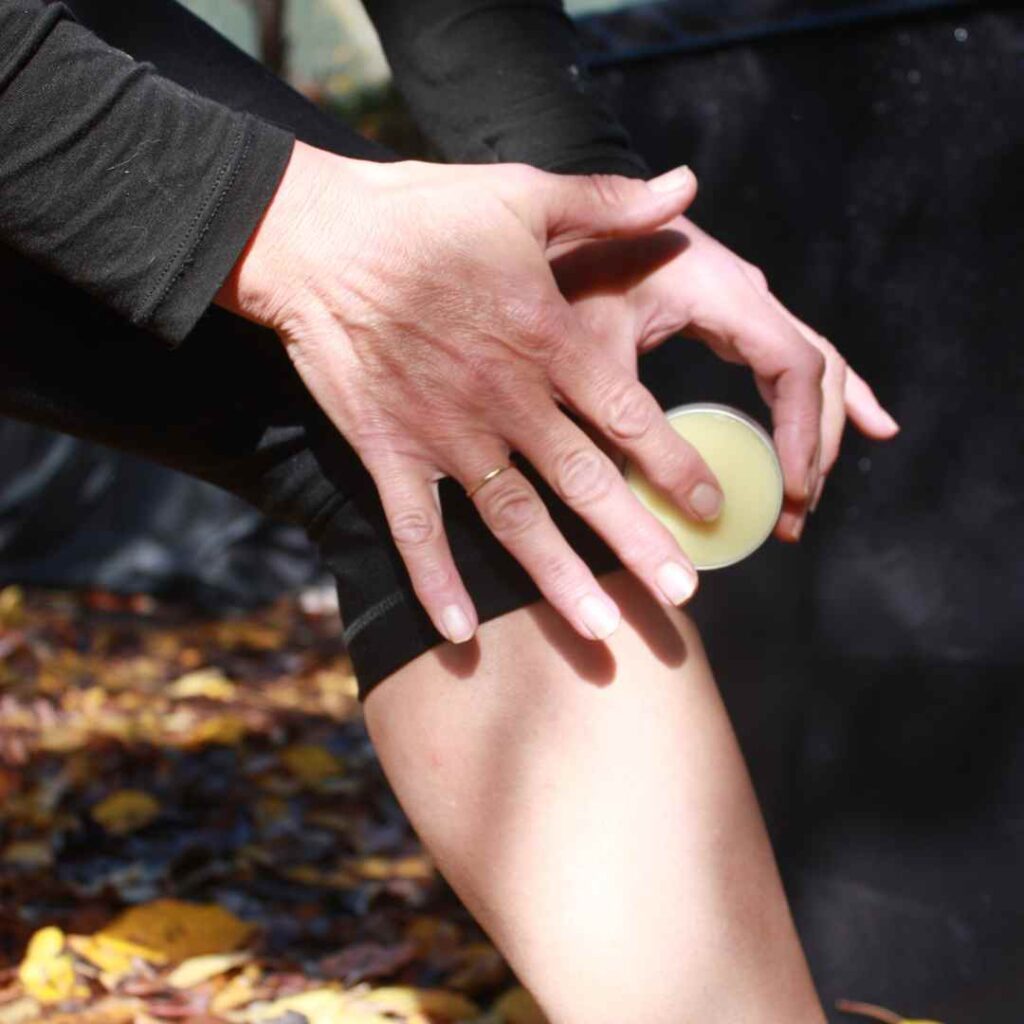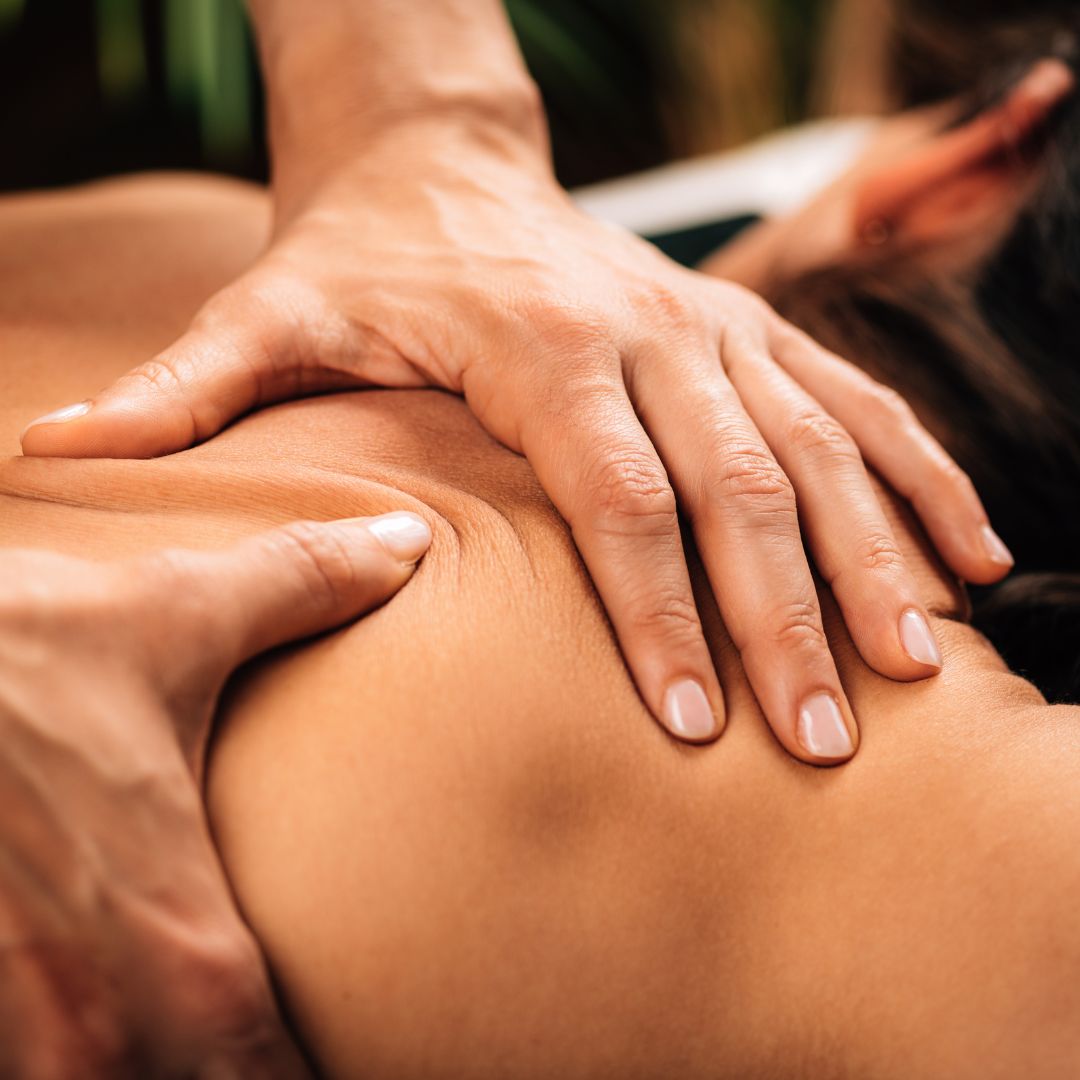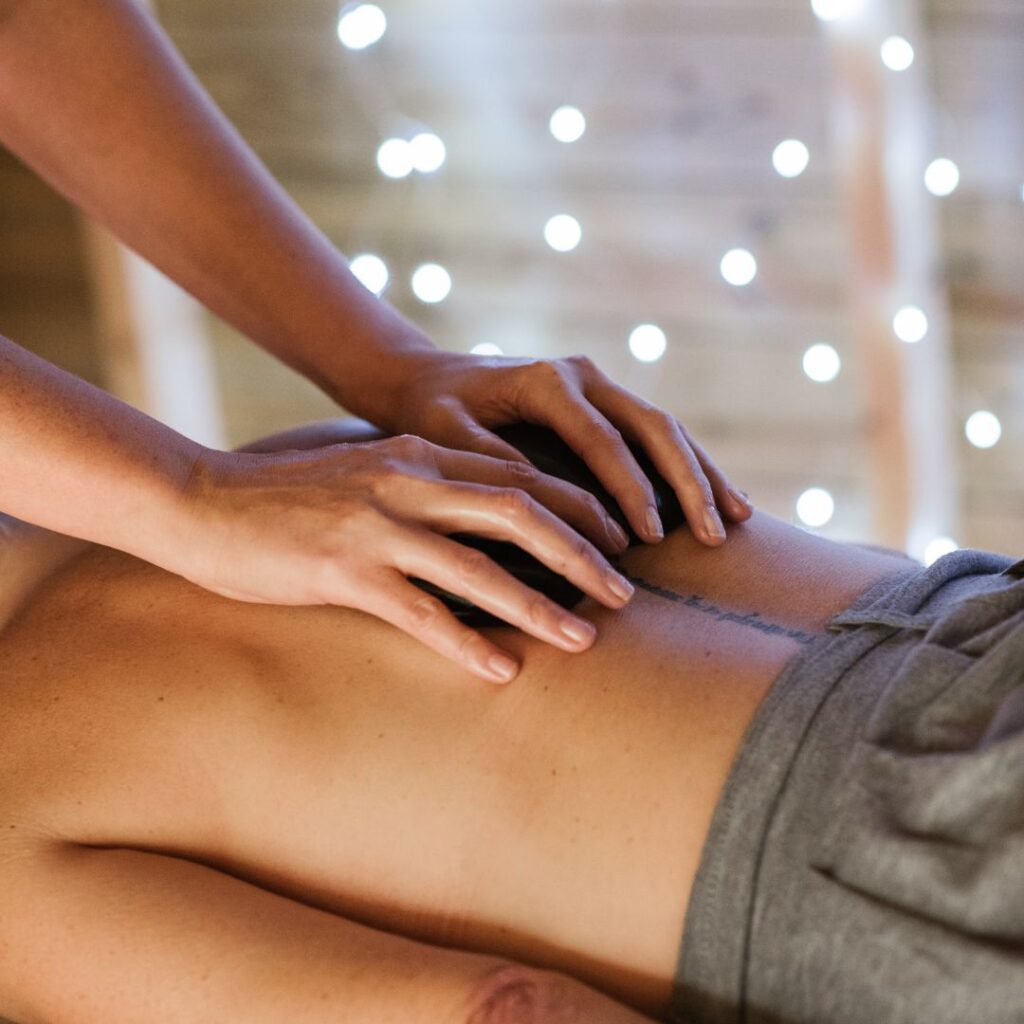How Massage Can Help in Managing Arthritis

Massage Therapy for Arthritis Pain
Arthritis is a chronic condition that affects millions of people worldwide, causing pain, stiffness, and reduced mobility in joints. While conventional medical treatments play a crucial role in managing arthritis, complementary therapies like massage have gained recognition for their potential benefits. In this article, we will explore the various types of massage that can help alleviate arthritis symptoms and understand how it can help support an active lifestyle.

What types of massage help with Arthritis?
Massage therapy encompasses a range of techniques, each offering unique benefits for arthritis sufferers. These types of massage commonly employed for arthritis include Swedish massage, deep tissue massage, myofascial release, and trigger point therapy. The choice of massage modality depends on the individual's specific needs and preferences, as well as the recommendations of a qualified massage therapist.

Self massage
It's not always possible to consult a therapist, so you can also find below advice on how to carry out self-massages for arthritis
How does massage help Arthritis
Massage therapy can provide several potential benefits for individuals with arthritis.

- Promotes relaxation and reduces stress, which is vital as stress can exacerbate arthritis symptoms. By stimulating the release of endorphins, the body’s natural painkillers, massage helps alleviate pain associated with arthritis.
- Eases muscle tension, by massaging the muscles, the tension can be relieved surrounding arthritic joints which maybe can exacerbating pain and restricting joint movement.
- Improves circulation, enhancing blood flow to affected joints. This increased blood flow delivers essential nutrients and oxygen to the joint tissues while aiding in the removal of waste products and toxins. As a result, massage can help reduce inflammation and swelling in the affected areas, providing relief to arthritis sufferers.
- Improved Joint Mobility: Tight muscles can limit the range of motion in arthritic joints. Massage techniques such as stretching, kneading, and myofascial release can help loosen and lengthen the muscles, thereby increasing joint flexibility and improving overall mobility
Types of massage for Arthritis
Swedish Massage: This gentle form of massage utilizes long, flowing strokes, kneading, and circular motions. It promotes relaxation, enhances circulation, and reduces muscle tension, which can alleviate arthritis symptoms.
Deep Tissue Massage: This technique targets deeper layers of muscle and connective tissue. It can help break up adhesions, reduce muscle spasms, and improve joint mobility, making it beneficial for individuals with arthritis-related muscle tightness.
Myofascial Release: This technique focuses on releasing tension in the fascia, the connective tissue surrounding muscles and joints. Myofascial release can help improve range of motion, decrease pain, and enhance overall joint function.
Trigger Point Therapy: This massage technique targets specific areas of muscle tightness and trigger points, which are hyperirritable spots within the muscle. By applying pressure to these trigger points, massage can reduce pain and improve joint mobility.
As it is not always possible to see a therapist, here is a few pointers for performing self-massage for arthritis:
- To perform self-massage, start with a warm-up to relax the muscles and increase blood flow.
- Choose the appropriate technique based on your specific needs, such as kneading, stroking, or circular motions.
- Use gentle pressure and listen to your body’s feedback to avoid causing any discomfort or pain.
- Focus on the affected joints and surrounding muscles while performing self-massage.
- Incorporate self-massage into your daily routine or whenever you experience discomfort or stiffness.
- Combine self-massage with other arthritis management strategies, such as exercise, medication, and a healthy lifestyle.
- If you have any concerns or questions, consult with a healthcare professional or a qualified massage therapist for guidance.
How to maximise the benefits of Massage:
To maximize the benefits of massage for arthritis management, consider the following tips:
Seek Professional Expertise: Consult with a qualified massage therapist experienced in working with arthritis patients. They can tailor the massage techniques to suit your specific needs and ensure your comfort.
Consistency is Key: Regular sessions are essential to experience the full benefits of massage therapy. Discuss with your therapist to determine an appropriate frequency and duration of sessions for your condition.
Communication: Openly communicate with your massage therapist about your arthritis symptoms, pain levels, and any discomfort experienced during the massage. This dialogue will help them adjust their techniques accordingly.
Combine with Other Treatments: Massage therapy should be considered as part of a comprehensive arthritis management plan. It can complement conventional medical treatments, exercise, and other therapies prescribed by your healthcare provider.
Conclusion:
Massage therapy offers a natural and non-invasive approach to managing arthritis symptoms. By employing various techniques, massage can promote relaxation, reduce pain, enhance joint mobility, and improve overall well-being. Remember to consult a qualified professional and incorporate massage therapy as part of a holistic approach to arthritis management. With consistent care and an informed approach, a massage treatment can make a positive impact to a more comfortable life with arthritis.
Sources:
Studioes conducted by Duke University researchers and published in the journal “PLoS One,” examined individuals with knee osteoarthritis.
Those who received a one-hour Swedish massage once a week for eight weeks reported reduced pain, improved mobility, and increased range of motion compared to those who did not receive massages.
Another study published in the journal Pain Medicine focused on individuals with chronic low back pain. The research revealed that after undergoing a series of 10 massages, participants experienced an improvement in their symptoms.


